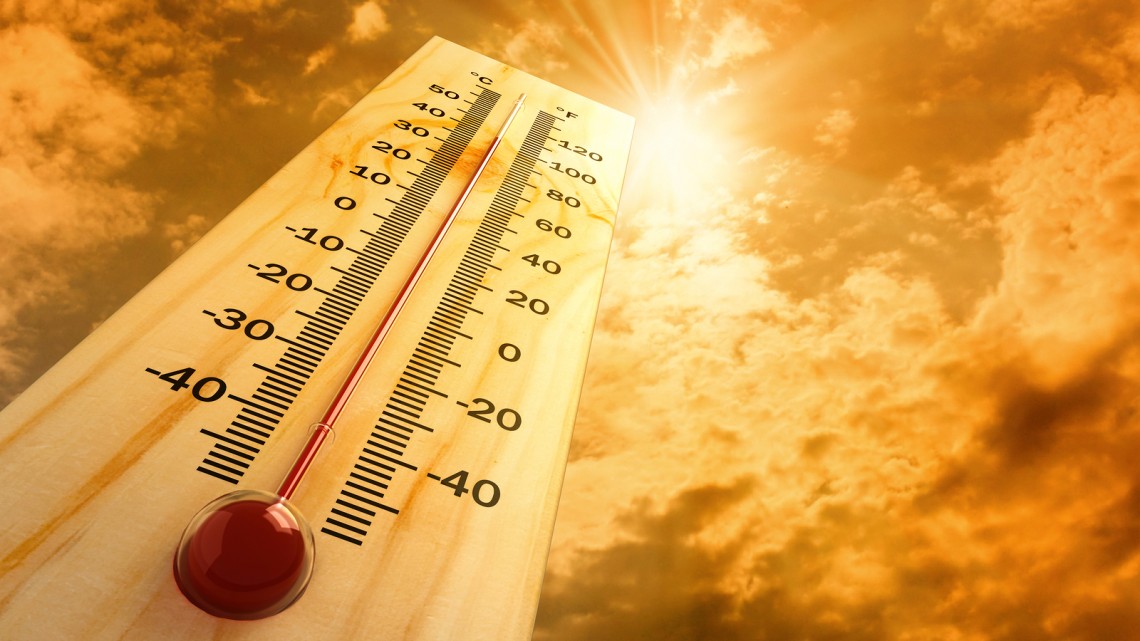Combating Heat Related Illness
Forecasters are calling for above-average temperatures across much of the country this summer. Are you prepared to beat the heat? Every year, thousands of workers become ill from working in the heat. Construction workers make up about one-third of heat-related worker deaths, but outdoor workers in every industry are at risk when temperatures go up. Even indoor warehouse workers are at risk. The risk of heat illness is greatest when the heat index (temperature plus humidity) climbs above 90.
Heat-related illnesses and deaths can be prevented by following these seven simple steps:
- Institute a heat acclimatization plan and medical monitoring program.Closely supervise new employees for the first 14 days or until they are fully acclimatized. Most heat-related worker deaths occur in the first 3 days on the job and more than a third occur on the very first day. New and temporary workers are disproportionately affected. If someone has not worked in hot weather for at least a week, their body needs time to adjust.
- Encourage workers to drink about 1 cup of water every 15-20 minutes. During prolonged sweating lasting several hours, they should drink sports beverages containing balanced electrolytes.
- Provide shaded or air-conditioned rest areas for cooling down.
- Provide workers with protective equipment and clothing (such as water-cooled garments, air-cooled garments, hats, ice-packet vests, wetted over-garments, and heat-reflective aprons or suits).
- Be familiar with heat illness signs and symptoms, and make sure your employees are too.Some heat exhaustion signs are dizziness, headaches, cramps, sweaty skin, nausea and vomiting, weakness and a fast heartbeat. Heat stroke symptoms include red, hot, dry skin; convulsions; fainting; and confusion. In general, fainting and confusion represent an emergency and should trigger the call for professional evaluation.
- Encourage workers to recognize heat illness symptoms and notify a supervisor or medical professional if they or other coworkers are showing signs. Implement a buddy system where workers observe each other for early signs and symptoms of heat intolerance.
- Know what to do in an emergency. Employees should call a supervisor for help. If a supervisor is not available, call 911. Have someone stay with the person until help arrives.





